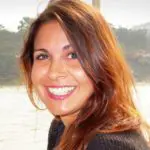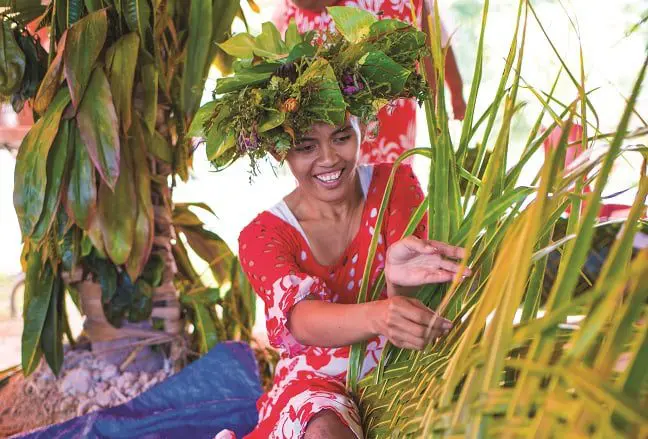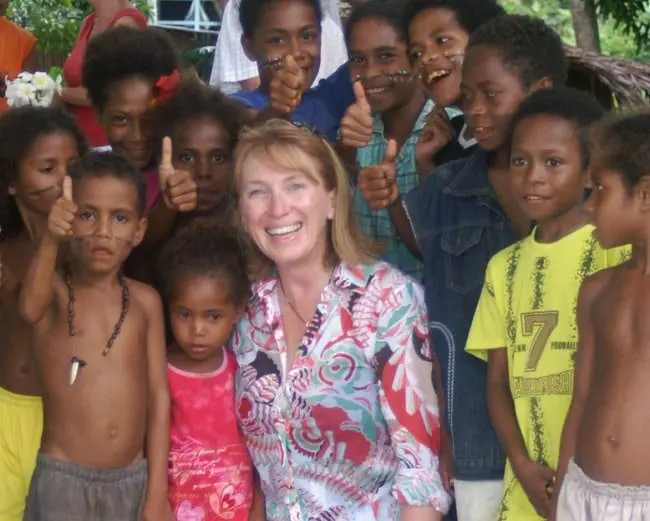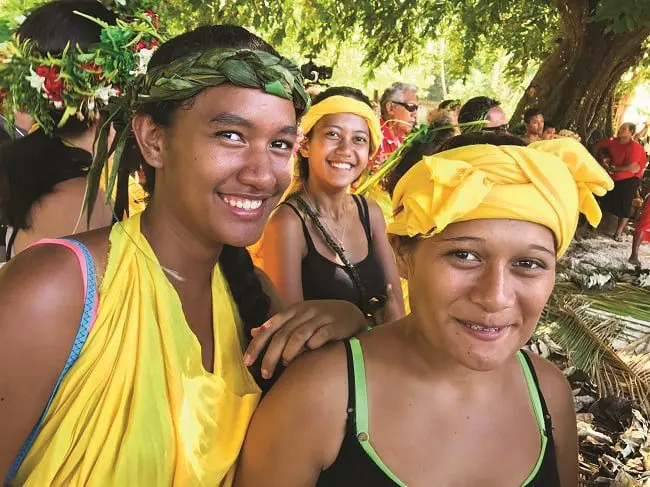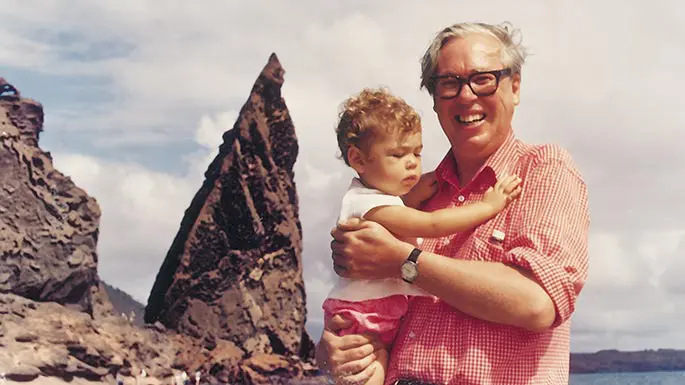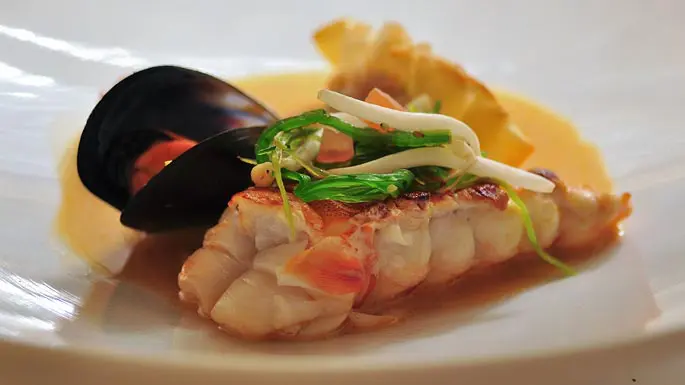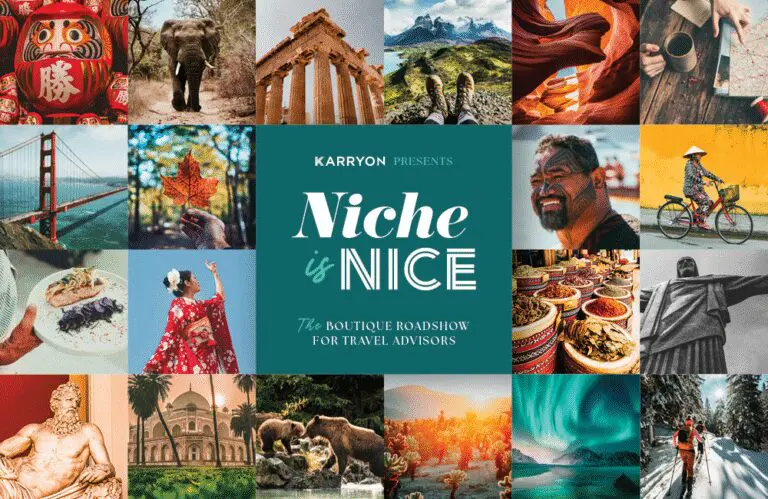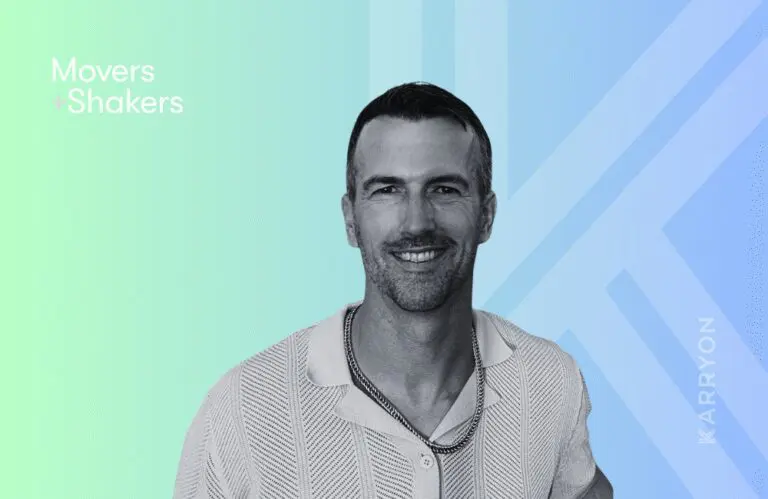Cultural interactions in far flung destinations form an important part of Lindblad’s offering, but how does the small ship expedition cruising specialist ensure its impact is positive?
Cruise tourism has frequently come under fire for taking a toll on local communities. However, Lindblad vice president of sales Lesa Bain highlighted the difference between the company’s expedition cruise offering and more traditional cruising.
“We don’t cruise, we explore,” she emphasised.
Its different ethos includes a commitment to leaving a positive impact on the destinations Lindblad visits. As a result, it has established a Seattle-based team dedicated to managing its cultural interactions.
“They look at how to work with Indigenous people and how to come and go without causing any conflict or any disturbance to them which is really important,” she said.
The answer is different in every region the operator visits, but will always examine how it can “give back constructively”, according to Bain.
“It’s important you don’t go in and throw things at people but to instead go and provide the tools that they may need,” she said.
“It’s really important that we listen to locals and use the fund to support them, not in what we think is right but in what they want for their region.”
Community development is one of the main focuses of the Lindblad Expeditions – National Geographic Fund which also looks at conservation, research, education.
“From the very beginning, sustainability and care for the environment has been at core of everything we’ve done,” Bain said.
That dates back to 1966 when Lars-Eric Lindblad, the father of chief executive Sven, began taking travellers to destinations previously only visited by scientists such as Antarctica and Galapagos.
He recognised that these fragile places were in need of protection, and believed showing them to people would help them to survive.
“His whole idea for the foundation was to take inquisitive, educated people and let them learn about these places, understand them, empassion them so they come back as a voice for their preservation because he knew he couldn’t do it on his own,” Bain explained.
“It’s about spreading the word to ensure these places don’t disappear before your grandchildren get the chance to see them.”
As a result, the company supports projects in a number of areas that it visits. For example, in the Peruvian Amazon it works with non-profit Minga Peru which works with local women to create businesses in areas such as the management of fishponds and agroforestry which can help support their families and the local community.
In the Galapagos, it works to ensure the survival of endemic species such as the mangrove finch and supports the local school in its efforts to ensure the children learn how to take care of the area’s precious wildlife.
Onboard, it takes a sustainable approach to the food it offers its guests. For example, in the Galapagos, it serves coffee produced and roasted on the islands. For its Antarctic season, it uses a lot of fruit and vegetables produced by Stanley growers in the Falkland Islands.
“So, we’re actually sourcing as close to where we’re heading as possible to really ensure we’re supporting the places we go to and making opportunities for people there,” Bain said.
An added benefit of this approach? That guests can eat really fresh food which is representative of the regions that they are visiting. A chef explains how each ingredient is used in the local cuisine.
“That’s another way that you can let people learn about and understand a place,” she continued.
“Tourism and sustainability have to go hand in hand – you can’t do one without the other.”

